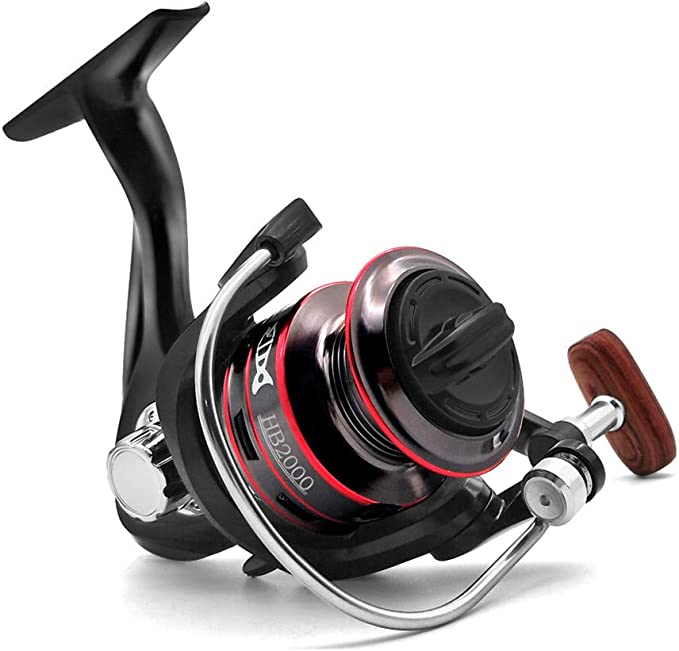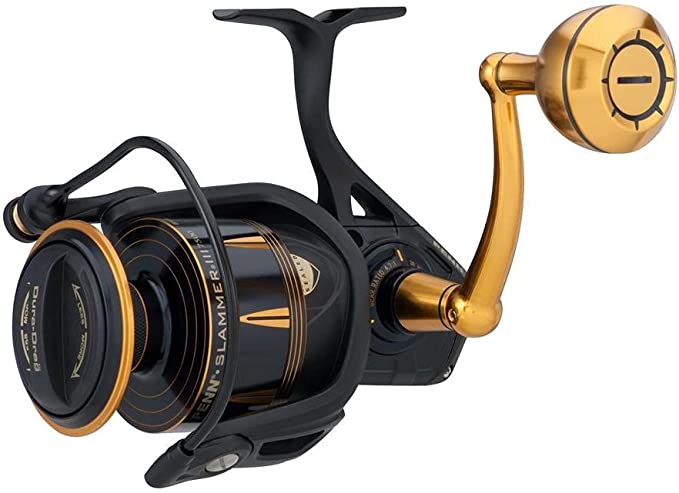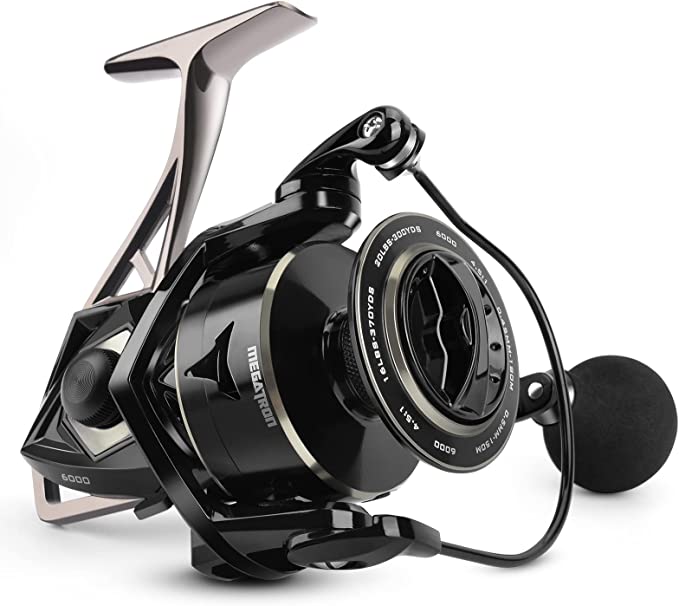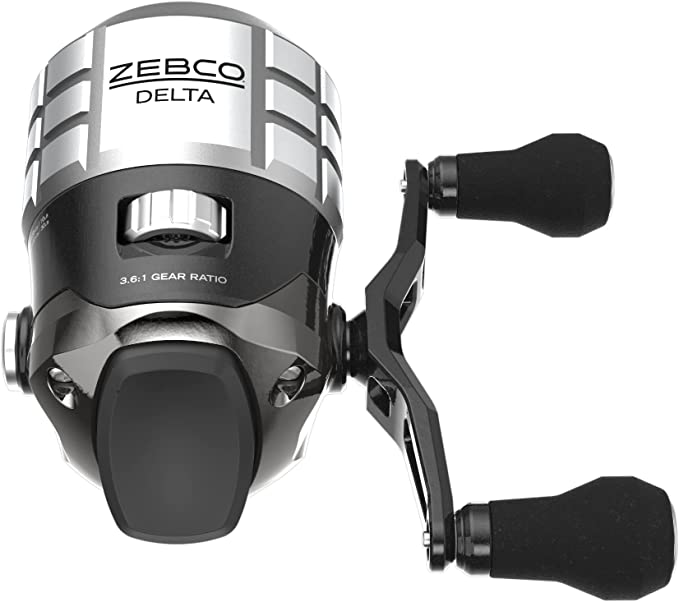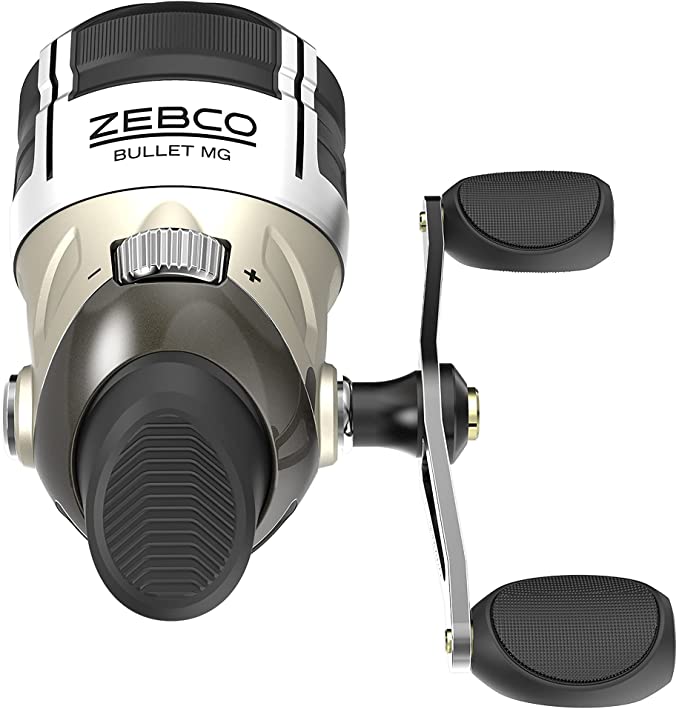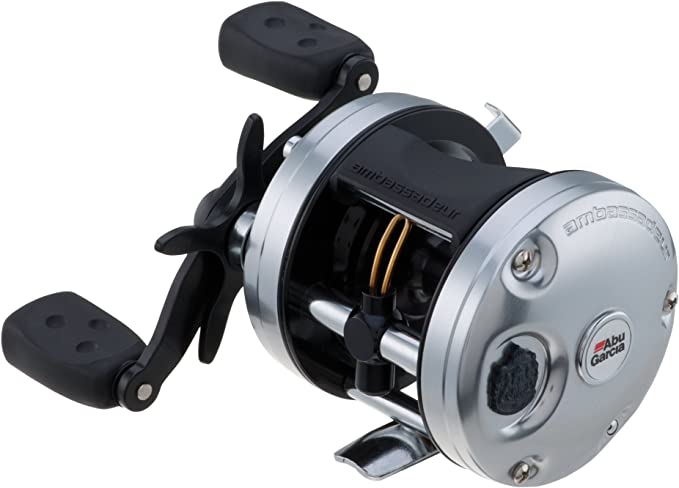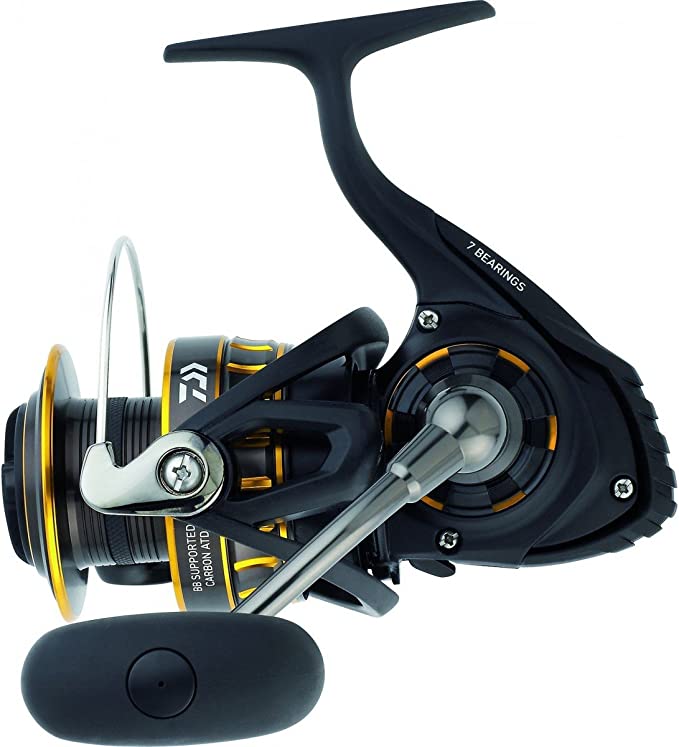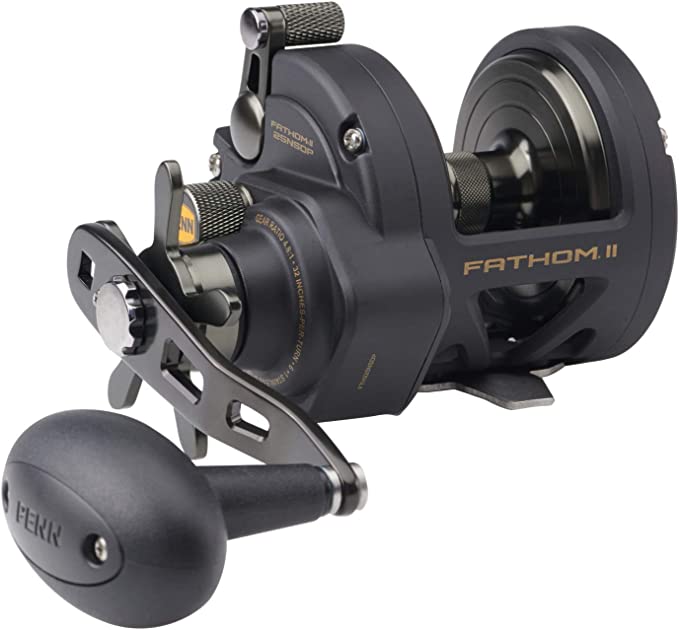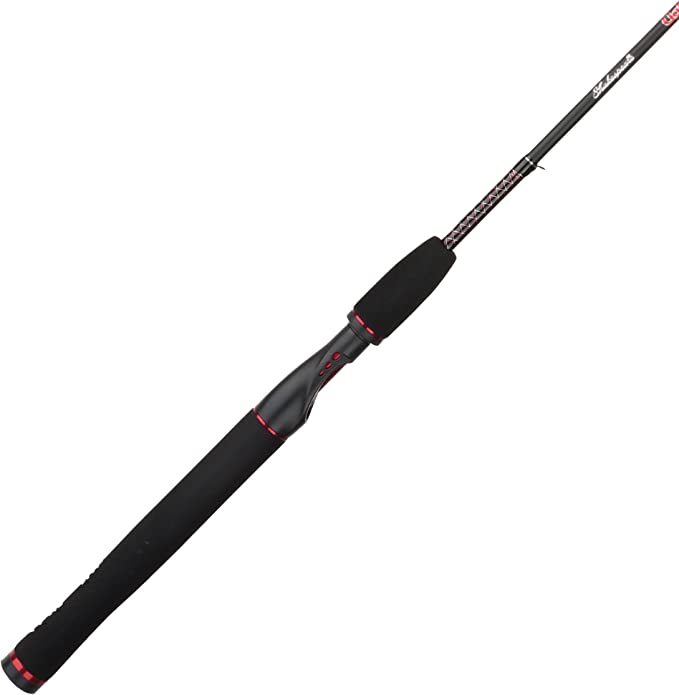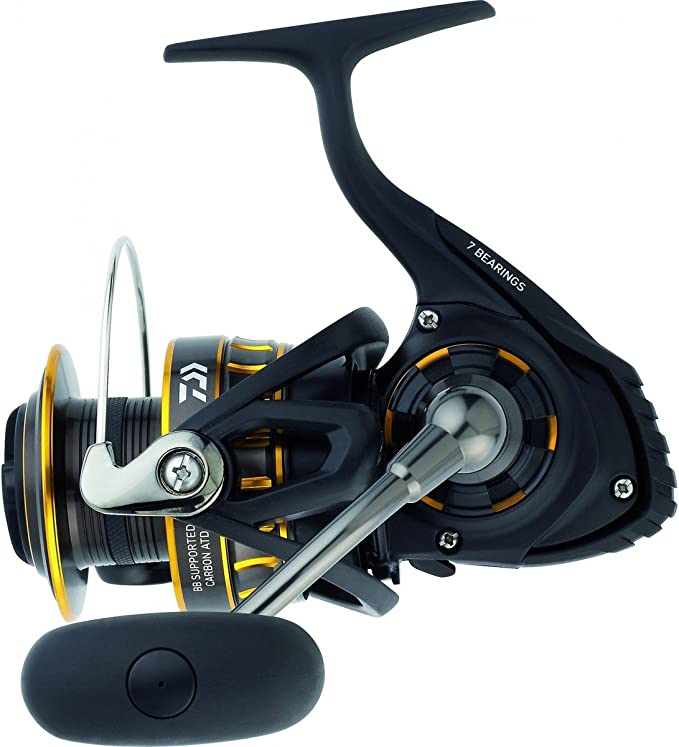The Physics of Value: Deconstructing the Metallurgy and Gear Geometry of the Daiwa BG1500
Update on Nov. 19, 2025, 5:53 p.m.
In the world of mechanical design, there is a concept known as “Value Engineering.” It is not about making things cheap; it is about maximizing function through intelligent design choices. When applied to fishing tackle, specifically saltwater spinning reels, this philosophy separates the disposable toys from the enduring tools. The Daiwa BG1500 serves as a quintessential case study in this discipline, demonstrating how metallurgy and geometry can be leveraged to create a machine that punches far above its weight class.
To understand why this reel has attained a cult-like status among anglers, we must look past the black-and-gold aesthetics and examine the physics of its construction—specifically, the rigidity of its chassis, the geometry of its powertrain, and the management of rotational inertia.

The Chassis: Metallurgy and Torsional Rigidity
The foundation of any reel is its body. In a market flooded with “carbon composite” (plastic) frames, the BG asserts the superiority of metal. It features a Machined Aluminum Housing (“Hard Bodyz”). The distinction between “machined” and “die-cast” or “composite” is critical.
- Structural Integrity: Machining a component from a solid block of aluminum alloy preserves the metal’s internal grain structure. This results in superior tensile strength compared to casting, where molten metal is poured into a mold, often creating microscopic voids or weak points.
- Torsional Rigidity: When a fish fights, it exerts torque on the reel stem and body. A plastic body can flex under this load. This flexing causes the internal gears to misalign, leading to increased friction, wear, and a “gritty” feel. The rigid aluminum chassis of the BG prevents this deflection, ensuring the gears remain in perfect alignment even under maximum drag pressure.
Furthermore, the body undergoes Anodization, an electrochemical process that converts the aluminum surface into aluminum oxide. This ceramic-like layer provides exceptional resistance to saltwater corrosion and abrasion, far superior to simple paint which can chip and expose the raw metal to oxidation.

The Powertrain: Gear Geometry and Stress Distribution
Inside the chassis lies the engine: the Oversized Digigear. The term “Digigear” refers to digitally designed gear tooth profiles, but the “Oversized” aspect is where the physics becomes interesting.
By increasing the diameter of the drive gear (20-40% larger than standard competitors), Daiwa changes the physics of force transmission.
* Torque: A larger gear acts as a longer lever, providing more torque for every turn of the handle.
* Pressure Distribution: Physics dictates that Pressure = Force / Area. By increasing the size of the gear teeth, the contact area increases. This distributes the load over a wider surface, significantly reducing the pressure on any single point of the tooth. Less pressure means less wear, resulting in a gear system that stays smooth longer.
Rotational Inertia: The Science of the Air Rotor
While the body and gears are about weight and strength, the rotor is about sensitivity. The BG features the Air Rotor, a skeletal design that removes excess mass from the rotor’s perimeter.
This addresses the concept of Rotational Inertia (Moment of Inertia). An object’s resistance to rotational acceleration increases with its mass and the distance of that mass from the center of rotation. By shaving weight from the outer edges, Daiwa lowers the moment of inertia. * Startup Energy: It takes less force to start the rotor spinning. * Sensitivity: A lighter rotor carries less momentum, meaning it stops faster and transmits vibrations (like a fish bite) more effectively to the angler’s hand. This turns the reel into a more precise sensory instrument.
Drag Physics: Static vs. Kinetic Friction
Finally, the Automatic Tournament Drag (ATD) addresses the transition between static and kinetic friction. Typically, the force required to start a spool moving (static friction) is higher than the force to keep it moving (kinetic friction). This disparity causes the dreaded “startup spike” that breaks lines.
The ATD system uses a specialized grease that changes viscosity under shear stress. This minimizes the initial friction spike, allowing the spool to rotate smoothly the instant the fish runs, maintaining constant, predictable pressure on the line.
Conclusion
The Daiwa BG1500 is not a collection of features; it is a cohesive engineering system. The rigid aluminum chassis protects the alignment of the oversized gears, which in turn provide torque and durability. The lightweight rotor translates that mechanical power into tactile feel. By prioritizing fundamental engineering principles—metallurgy, geometry, and physics—over superficial trends, the BG demonstrates that true performance is timeless.
